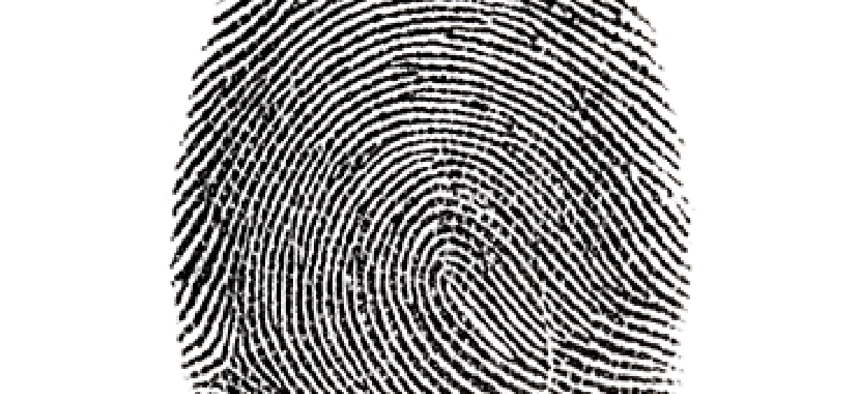Long-planned visa exit system inches forward

A decade on, 9/11 Commission recommendation remains unfulfilled.

DHS is working on a system to collect fingerprints from foreign nationals when they leave the country, but progress is coming very slowly. (Stock image)
The Department of Homeland Security will soon put the finishing touches on a plan for a biometric identification system intended to help track visa overstays.
Jim Crumpacker, director of DHS' Departmental GAO-IG Liaison Office, told the Government Accountability Office that Customs and Border Protection's Office of Field Operations and DHS' Science and Technology Directorate will come up with goals aimed at creating and implementing a biometric air exit identification system for use at U.S. airports by Jan. 31, 2014.
The agency has been contemplating a visa exit system for years that would electronically collect fingerprints from foreign visitors when they leave the United States. Real progress on the system, however, has been glacial. In 2004, the commission that investigated the 2001 terrorist attacks recommended using a biometrics-based system to keep track of visa exits. In 2007, Congress gave DHS a deadline of June 30, 2009, to put such a system in place.
DHS missed that deadline but implemented a pilot program that year for a biometric exit system that integrated non-U.S. citizen departure information with existing arrival information. The Air Exit pilot, conducted at the Detroit Metropolitan Wayne County and Atlanta Hartsfield-Jackson airports, ran from May to July 2009. DHS then submitted a report to Congress on the test. In 2011, DHS' Science and Technology Directorate began researching long-term options for biometric exit. In May 2012, DHS reported internally on the results of S&T's analysis and made recommendations to support the planning and development of a biometric air exit capability.
Crumpacker's letter, included in a July GAO visa overstay audit, also said efforts to evaluate biometric identification systems across his agency have become more complex. Responsibilities to improve and enforce visa overstays under the U.S. Visitor and Immigrant Status Indicator Technology program have been split between CBP and Immigration and Customs Enforcement. Crumpacker said DHS would establish a new working group to evaluate visa overstays with ICE in the lead.
The GAO audit found DHS initially made progress in reducing a backlog of 1.6 million arrival records that didn't have corresponding departure records, closing about 863,000 records in that backlog.
However, GAO said as new unmatched arrival records have accrued, DHS has had trouble keeping up. The audit reported that as of June 2013, unmatched arrival records once again totaled more than 1 million.
NEXT STORY: NASCAR, NASA and the secret to cybersecurity





